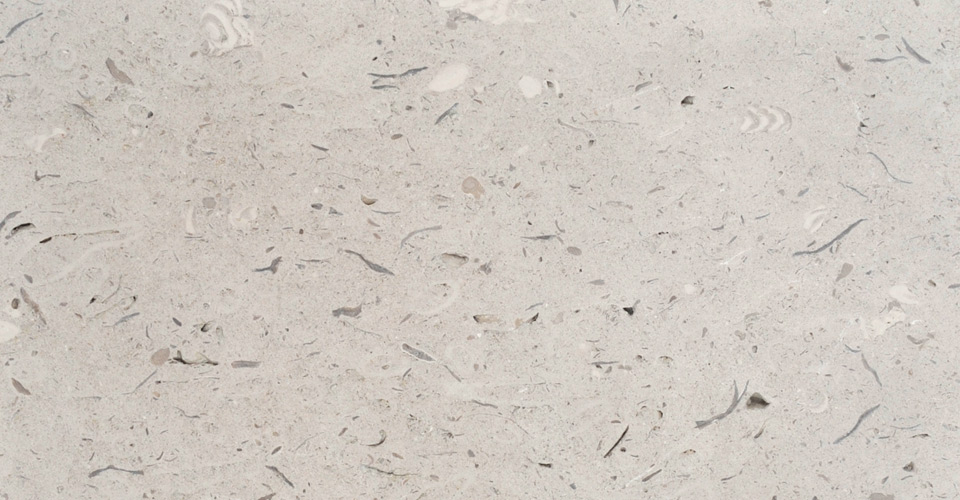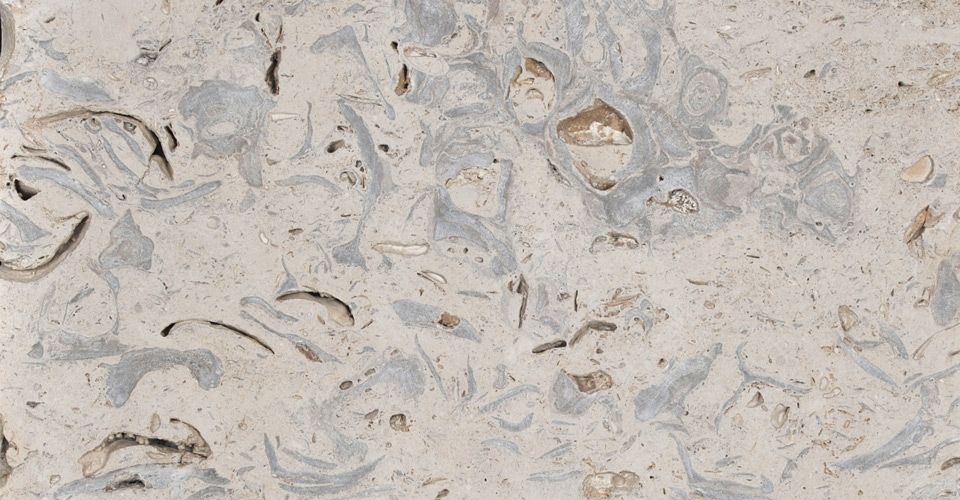This is an accessible EarthCache that will take you to the War Memorial in the town of Southend on Sea.
Here you will undertake a geology lesson as you visit this memorial.
As this is an EarthCache you need to send me your answers via email or the message centre.
Types of Rocks
There are three types, Igneous, Metamorphic and Sedimentary.
Sedimentary rocks are types of rock that are formed by the deposition and subsequent cementation of that material at the surface and within bodies of water. Sedimentation is the collective name for processes that cause mineral and/or organic particles to settle in place. The particles that form a sedimentary rock by accumulating are called sediment.
Igneous rock is formed through the cooling and solidification of magma or lava. An example of this is granite, a rock made up of noticeably different crystals of different coloured minerals, and may contain crystal structures of different sizes.
Metamorphic rocks arise from the transformation of existing rock types, in a process called metamorphism, which means "change in form".The original rock is subjected to heat and pressure, usually causing profound physical and/or chemical change. An example of this is marble, formed from limestone that has been subjected to intense pressure underground or being subjected to extreme heat
----------------------------------------------------------------------------------------------------------------
Limestone is a sedimentary rock formed 70 – 345 million years ago. It consists of calcium carbonate, and is formed by the compaction of calcite at the bottom of shallow lakes and seas. The presence of marine organisms and other fossils is often noticeable in limestone. Due to the presence of a variety of minerals, limestone colours range from light grey Portland Stone to dark grey Purbeck Stone.
Southend War Memorial is built from Portland Stone, which formed slowly over the last 150 million years from tiny grains of sediment growing and then compacting. Portland Stone has been quarried on the Isle of Portland in Dorset since Roman times, and has been used as a building material since the 14th century, when it was used in the construction of the Palace of Westminster and the Tower of London.
The amount of cementation in Portland Stone is such that the stone is well cemented to allow it to resist weathering, but not so well cemented that it can't be carved by masons. This is one of the reasons why Portland Stone is so favoured as a monumental and architectural stone.
It is strong, durable, easy to carve and can be used for columns, plinths, flooring, paving etc. There are a number of different varieties of Portland Stone, with different appearances, properties and recommended uses depending on the bed that it has been extracted from. Their subtle unique features are due to the how old the rock is. These include:
Basebed – the purest colour, contains small grey shell fragments(from the bottom layers of Portland Stone when quarried)

Whitbed – slightly more textured and with a bit more variation in colour. Typical Portland colour - creamy/white, although the large concentrations of grey shells can darken the overall colour.

Roach – the youngest Portland Stone (from the top layer) with the most colour variation and texture, often including impressions of shells and other marine creatures..

-----------------------------------------------------------------------------------------------------------------
Weathering
The weathering of rocks is quite simply the breaking down of the stone at the Earth's surface, by action of rainwater, extremes of temperature, or biological activity. It doesn't involve the removal of rock material. There are three main types of weathering:
Physical weathering is caused by physical processes such as changes in temperature, freezing and thawing, and the effects of wind, rain and waves. An example of physical weathering is freeze-thaw weathering, where water expands slightly when it freezes to form ice. The formation of ice can break rocks, as if water gets into a crack into the rock, it freezes into ice, expanding the crack and making it bigger. This process then repeats itself with the crack in the rock getting bigger every time.
Chemical weathering occurs when the minerals within the rocks are chemically altered. In the process of carbonation, rainwater and carbon dioxide in the atmosphere combine to form carbonic acid. This means all rainwater is slightly acidic. This carbonic acid dissolves minerals within the rock, weakening the structure and resulting in damage and wear. On statues or monuments this can also result in the appearance of staining on the surface.
Biological weathering is where rock is weakened and disintegrates from the impact of plants, animals and microbes. These can release acid forming chemicals that contribute to the rock breaking down (weathering). Examples of this would include moss or lichen growing through the rock. Growing plant roots can exert stress or pressure on rock, potentially causing it to crack.
Questions
-----------------------------------------------------------------------------------------------------------------
1. Go up the steps to the main body of the memorial. Please describe for me the composition of the rock at this specific part of the Memorial.
2. From the EarthCache description and your answer to Q1, which form of Portland stone is the memorial/plinth made from?
3. Examine the main memorial block again, but this time looking for signs of weathering. Has the memorial been stained? Has it been affected by physical/chemical/biological weathering or a combination?
4. Please add a photo of you or your GPS at the memorial though not giving any answers away :)
***** PLEASE NOTE IMPORTANT *****
CACHES ARE NOT ALLOWED TO BE PLACED ON ACTUAL MEMORIALS OR WITHIN THE BOUNDARY OF SUCH
AT ALL TIMES PLEASE TREAT LOCATIONS OF MEMORIALS WITH RESPECT